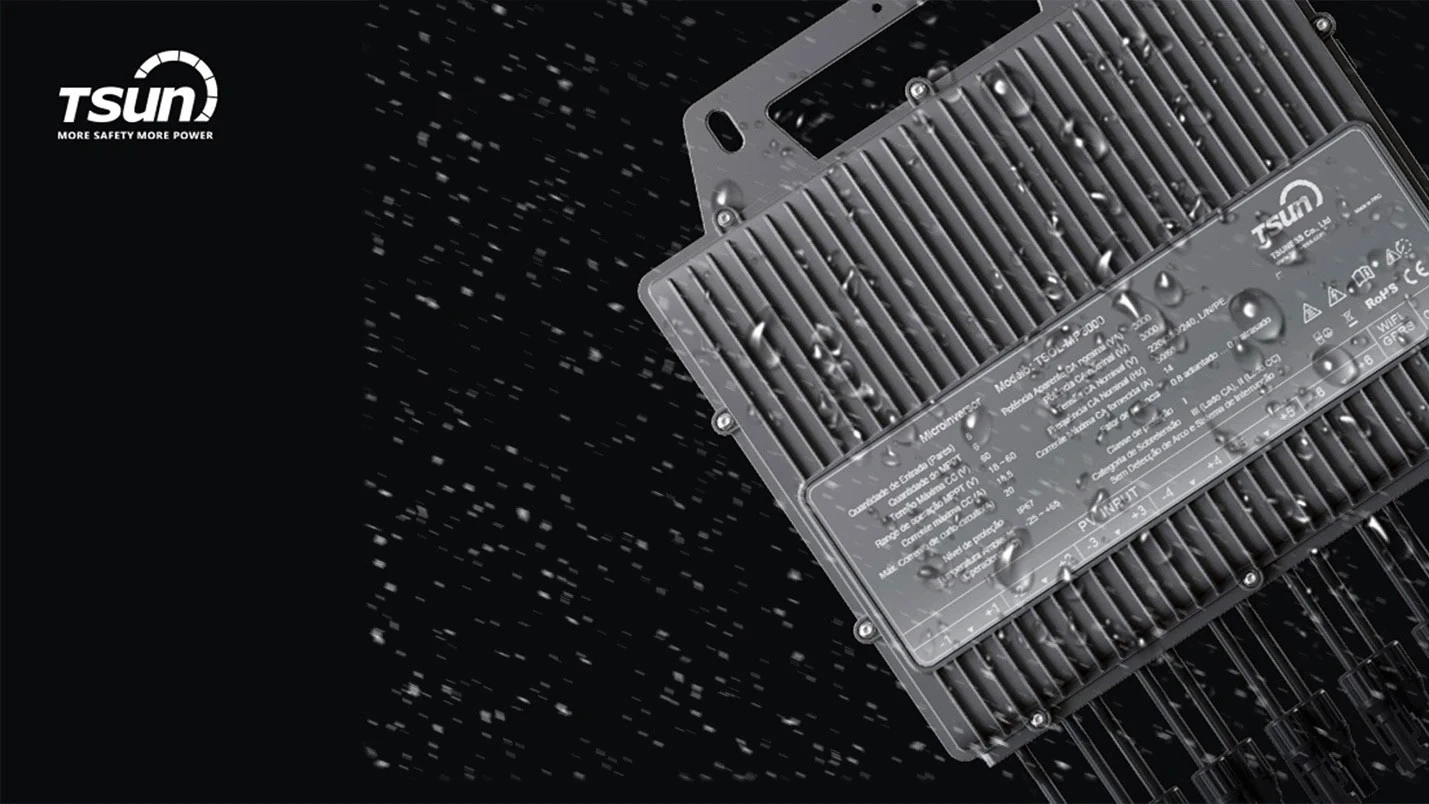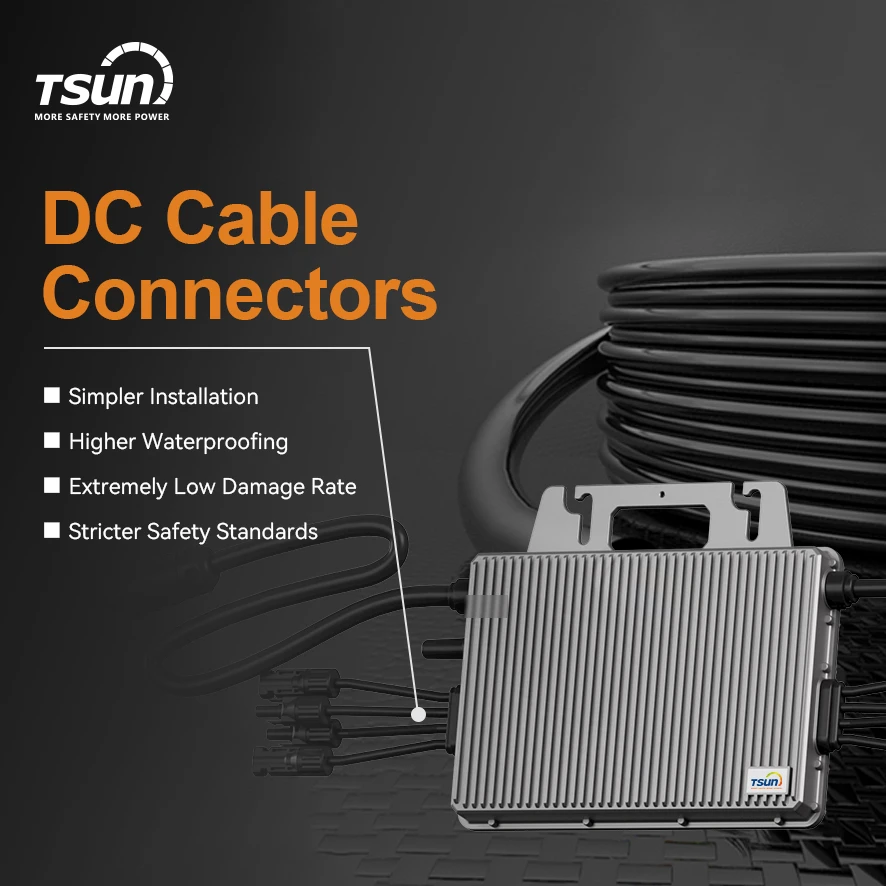Understanding the cost dynamics of microinverters is crucial for both residential and commercial solar energy consumers. As a small device attached to each solar panel, a microinverter converts direct current (DC) generated by the panels into alternating current (AC). While its functionality is straightforward, several factors contribute to its pricing, from the technological advancements embedded within to market demands.

When discussing the cost of microinverters, a common observation is their typically higher initial price point compared to traditional string inverters. However, it’s pivotal to recognize that upfront costs don't tell the whole story. Microinverters enhance system efficiency by allowing each panel to operate independently. This independence ensures that shading, debris, or even panel faults affecting one panel do not drag down the performance of the entire system. Consequently, this technology potentially optimizes energy harvest over the system’s lifespan, which can counterbalance the initial expenditure.
A deeper dive into the cost structure reveals a combination of manufacturing, technological development, and market positioning factors. First, the manufacturing process of microinverters is sophisticated, incorporating advanced semiconductor technologies. Companies like Enphase Energy, a leading player in the microinverter market, invest considerably in research and development to enhance efficiency, durability, and connectivity, leading to premium pricing.

The technology embedded within these devices also plays a critical role. Microinverters harbor advanced components to handle power conversion and system communication, often with features like module-level monitoring and rapid shutdown capabilities. Such attributes not only comply with modern safety regulations but also offer end-users peace of mind, thereby justifying a higher price tag.
Breaking down market dynamics provides another layer of understanding. The pricing of microinverters can be influenced by global supply chains, with component shortages and transportation costs affecting final market prices. Additionally, economies of scale significantly impact pricing; larger projects may benefit from bulk purchasing discounts, reducing the cost per unit. Furthermore, government incentives and tariffs can influence final pricing for consumers.
microinverter cost
Installation costs associated with microinverters might also vary. While they simplify the installation process by negating the need for complex string configurations, the precision required to install them might slightly increase labor costs. Skilled technicians need to ensure each unit is correctly connected and functioning, further highlighting the need for an experienced installer to achieve long-term savings through optimal performance and minimized maintenance needs.
In terms of energy savings, it is worth highlighting the importance of monitoring lifetime costs rather than just initial capital. The durability and long warranties offered by microinverter manufacturers are indicative of their longevity. With warranties often extending beyond 20 years, they promise enduring performance which can be critical in garnering energy savings over decades.
Investors in solar technology typically look at the levelized cost of electricity (LCOE) over a system’s lifetime. Because microinverters maximize energy output even in suboptimal conditions, they contribute to a lower LCOE compared to some traditional systems. This economic advantage bolsters the case for microinverter systems, despite their seemingly higher upfront costs.
Moreover,
microinverters are often preferred in complex installations. Roofs with multiple orientations, partial shading, or varying tilt require a flexible solution that microinverters naturally provide. This adaptability can prevent costly redesigns or system expansions in the future.
In conclusion, evaluating microinverter costs requires a nuanced understanding of not just price but value. They present a premium technological product that, while offering a higher initial investment, promises substantial long-term returns in terms of efficiency, reliability, and energy harvest. As the solar industry progresses, and as consumers increasingly prioritize long-term savings over immediate expense minimization, microinverters sit well-positioned to demonstrate their value proposition effectively. This intricate balance of cost versus benefit helps solidify their importance in the ongoing evolution of solar energy solutions.
 LEARN DETAILS
LEARN DETAILS



